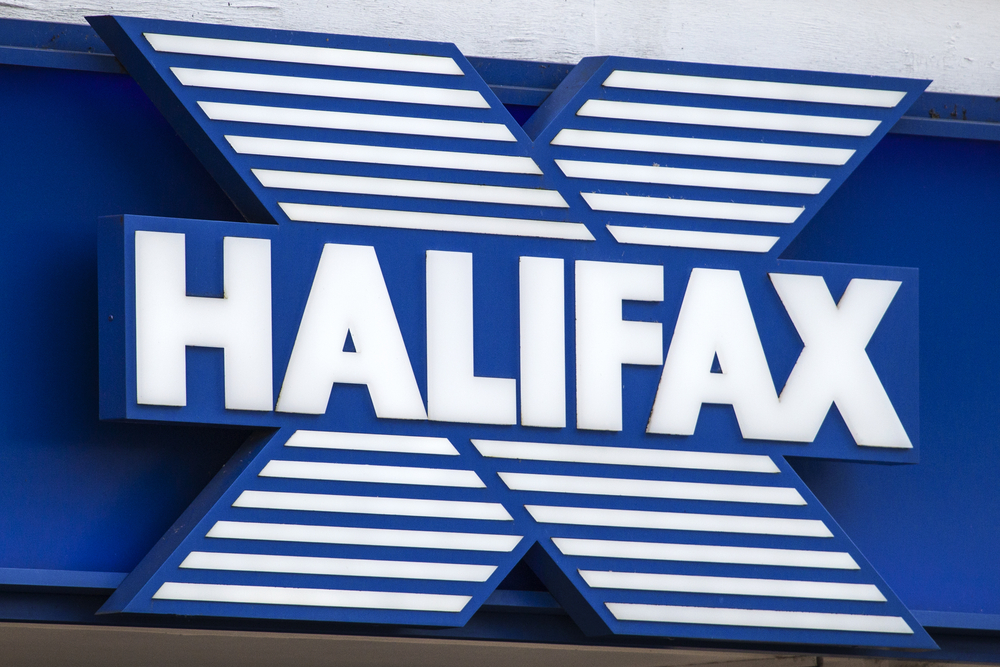
While the average swap rate has largely climbed every month since interest rates started to increase, they have started to reduce in recent days, suggesting that a reduction in mortgage rates could soon be on the cards.
This is according to latest analysis by specialist lender Octane Capital which looks at current and historic data on the price of swap rates and at the average price seen per month since interest rates started to climb in December 2021.
The analysis by Octane Capital shows that the average monthly price of swap rates has been largely increasing every month since interest rates first started to climb in December 2021 – with the exception of just two monthly declines seen in November of last year and January this year.
So far this month (July), the average swap rate price has already increased by 9% versus June, up from 5.716 %to 6.213%.
However, there are signs that the market could be starting to stabilise and, not before long, homebuyers and remortgagers could see the cost of borrowing start to fall.
Throughout 2022, swap rates increased at an average monthly rate of 18%. So far in July, this average monthly rate of growth has slowed to just 9%.
Even when analysing January and July of last year only, the average monthly rate of growth still sits at 22%, highlighting that while swap rates have continued to climb, they are doing so with less ferocity than was seen in 2022.
What’s more, when analysing the change of swap rates on a daily basis, there are further signs of positivity. On the July 11 one- year swap rates sat at 6.32%, but have since reduced to 6.12% as of 18 July.
Octane Capital chief executive Jonathan Samuels comments: “Swap rates, while erratic from one day to the next, do start to portray where the market is heading over time and help us pre-empt whether the cost of borrowing is set to rise or fall.
“As the data shows, they have been increasing pretty much since interest rates started to climb when viewing the market on a month to month basis, which echoes the wider mortgage market landscape when it comes to the higher cost of borrowing facing buyers and remortgagers at present”.
However, Samuels points out that there are initial signs that this tide may be starting to turn and this suggests that the market is expecting lower rates than previously thought. “Only time will tell if this will be the case, however, this is certainly a glimmer of positivity within an otherwise gloomy economic picture,” he says.



